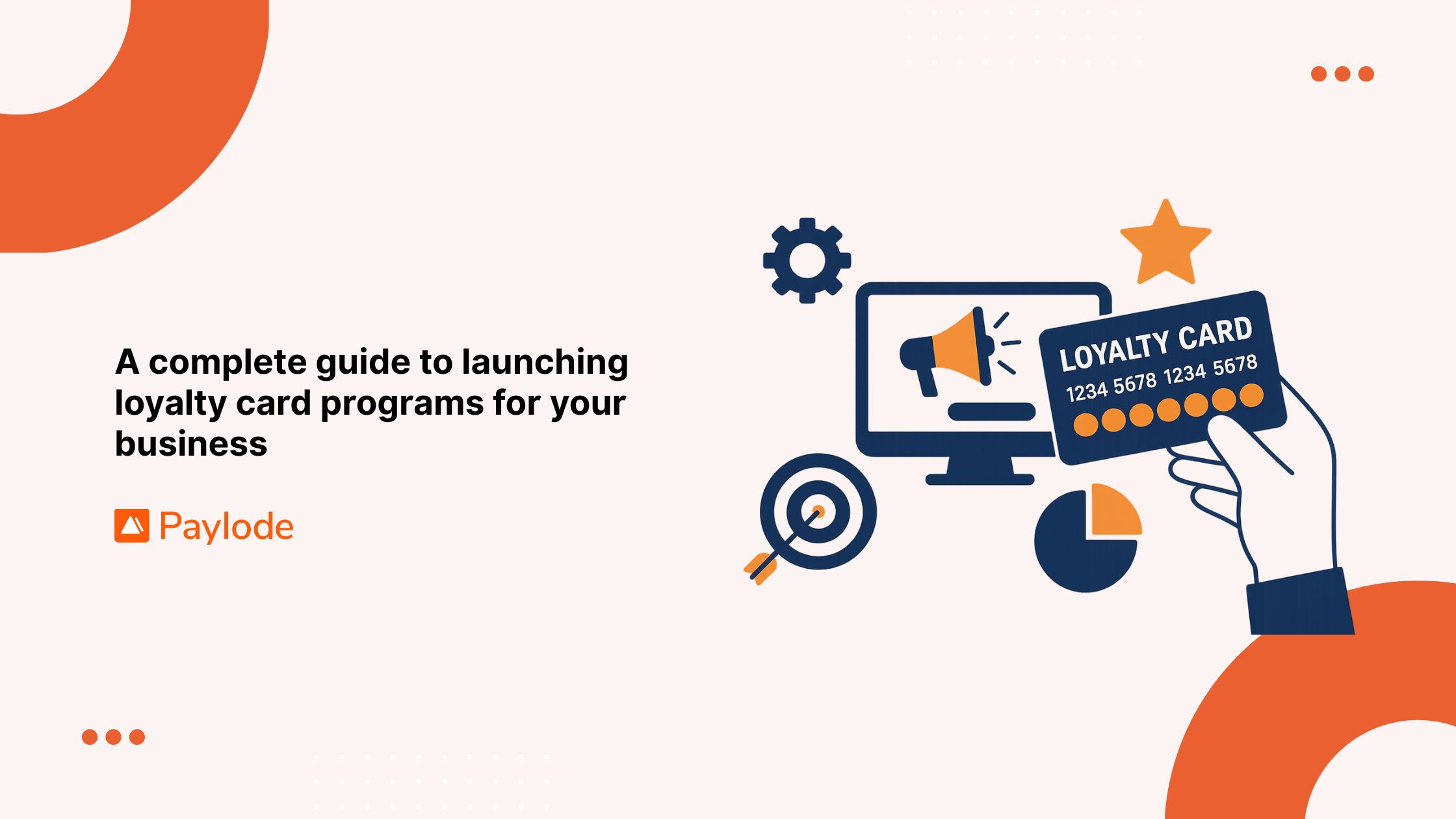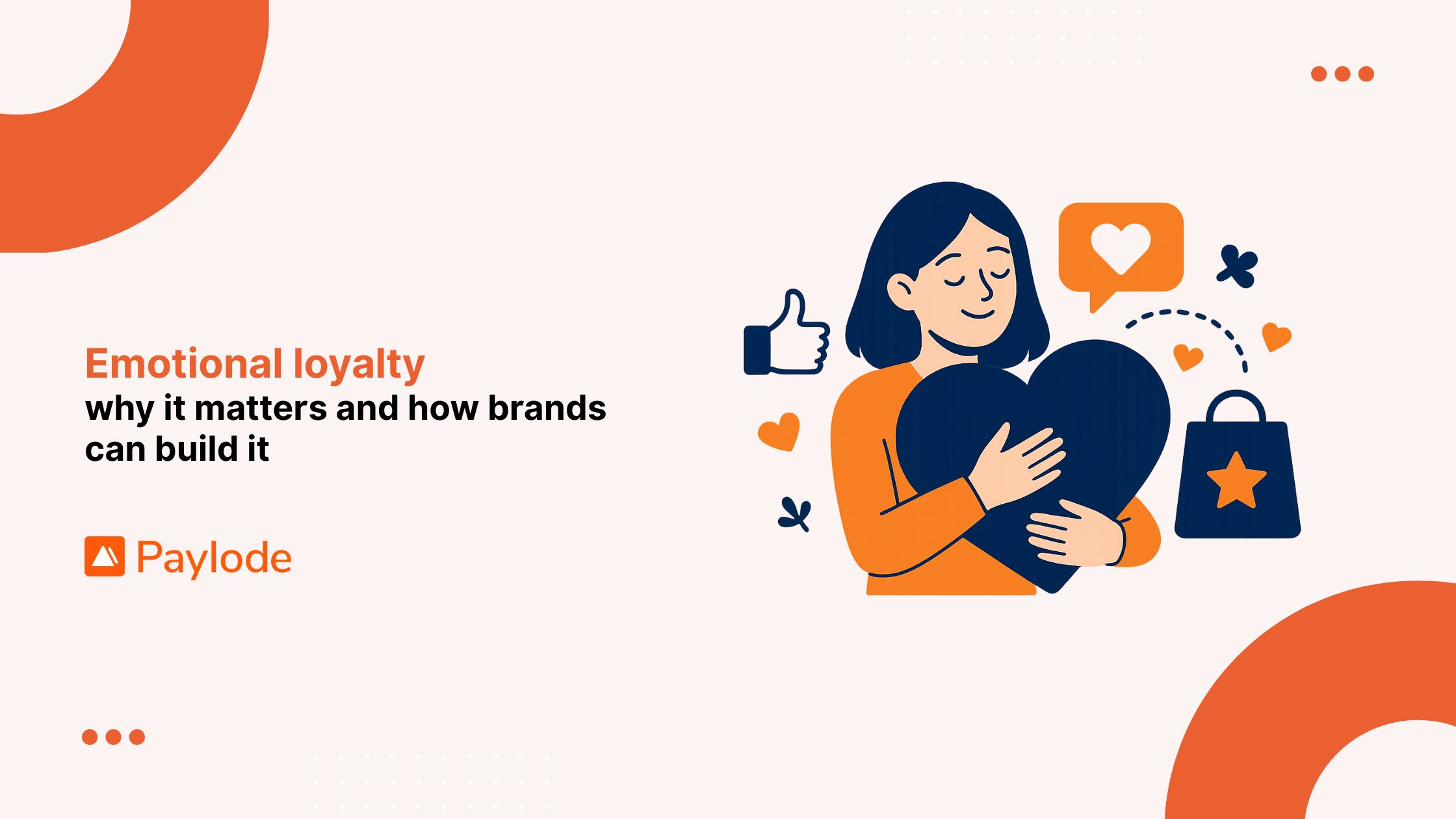In a world where predictability often defines the rhythm of our daily lives, the power of surprise can be an extraordinary tool in deepening customer loyalty. This concept isn't just a marketing ploy but a psychological phenomenon.
Ever see a public proposal go terribly wrong, or a birthday surprise end with bursting into tears? Sometimes we're just not ready for it.
Tania Luna and Leanne Renninger, PhD, are co-authors of the book "Surprise: Embrace the Unpredictable and Engineer the Unexpected," providing a compelling exploration of how surprise affects the human brain and, by extension, customer engagement.
Another book on the same topic by Michael Rousell, PhD, is called "The Power of Surprise: How Your Brain Secretly Changes Your Beliefs". Both of these are fascinating reads into how our brains work, and how unexpected surprises in our lives can completely transform our brains in the moment.
Understanding this dynamic so you can craft strategies that not only captivate but also build connections with your audience.
How surprise affects the brain
Surprise works on the brain by triggering a unique series of reactions. When we encounter something unexpected, it activates the amygdala, the part of the brain that processes emotions.
This activation prompts the brain to pay closer attention, enhancing memory and emotional impact. Luna explains that surprises, both small and large, release dopamine, a neurotransmitter associated with pleasure and learning.
We spoke with Dr Rousell about how it all works. He graciously permitted us to reprint this quote from his book:
I’ll break this down for you. Once the brain has signaled an error, surprise, it needs to discover what caused the surprise and then, as Humphries states, “glue the outcome to the action by strengthening the link between them.” It needs to make sense of the surprise so it doesn’t get surprised again.
Here’s how two-phase dopamine works (called phasic by scientists). Phase one is a sudden but transient spike signaling surprise, something important is going on (what psychologists call salience). Phase two is a long-lasting change in the dopamine concentration, tagged to the cause/outcome. This can be a drop in dopamine, signaling avoid, or an increase in dopamine, signaling approach. The indication of positive or negative is what psychologists call valence.
Compliments are great, and we love to receive them. Quick tip: If you use surprise, you can make remarks immensely more powerful. In a very real sense, you can strategically manipulate the comment’s impact.
This biochemical response not only makes experiences more memorable but also more enjoyable, fostering a deeper emotional bond between the surprise giver and receiver.
Luna expounds on this in her article for Psychology Today on the power of surprise. She sums up Rousell's main finding: "Surprise is a key ingredient in our formative moments. Formative events are the experiences that have shaped who we believe we are." Rousell explains that most of life is a gradual passing of time, and unexpected moments have the ability to provide inflection points for sudden shifts in perspective.
Rousell suggests that you can use this framework to completely reframe someone's strengths:
- Identify a perceived "weakness", like being quiet in meetings.
- Flip it into a strength, such as being observant and deliberate with contributions.
- Deliver the message without mentioning the weakness, and you have the potential to help a colleague flip the script.
An unexpected compliment
Consider the power of a surprise comment from someone you respect, that turns a weakness into validating a strength.
Here's what happens when you get a compliment. 'What!?' A surge of phasic dopamine. Phase one - what is going on? It lasts a few milliseconds until you determine if it's a good surprise (opportunity) or a bad surprise (danger). Phase two either raises your tonic dopamine level a bit (approach), or drops it a bit (avoid). It raised it, and now you're imprinted with a new belief about yourself.
How could you use this powerful process with your customers?
.jpeg)
The strategic use of perks x surprise
Understanding the psychological impact of surprise, businesses can leverage perks and rewards to tap into this potent mechanism.
Often, companies use customer perks platforms like Paylode's to increase conversion rates with perks.
Present perk > Do action > Unlock perk. This is powerful on it's own, because the user is compelled to want to complete the action to get the reward.
When you're intentionally going for surprise, sprinkle unexpected rewards in the customer journey. Unpredictable rewards stimulate a different level of excitement and engagement in the brain. This mechanism enables brands to invigorate their relationships with customers, making each interaction a potential moment of delight.
One example is to send the customer a birthday email with a perk inside. Companies typically use perks platforms like Paylode's to send complementary offers, so you don't have to put your own product on sale. Or, create a bundle that puts these things together and you'll have a winning combo (plus everyone loves a birthday gift).
Example 2; a coffee shop might offer a loyalty program where customers expect a free coffee after ten purchases. While beneficial, this predictable reward system can be enhanced by interspersing unexpected perks, such as a free pastry on a random visit. These surprises create a sense of anticipation and excitement, encouraging customers to return in hopes of experiencing that unexpected joy again.

We love seeing retailers who insert Instagram feeds of customers' Outfit-Of-The-Day posts. Or this example from West Elm that shows customer styling of their furniture. This type of surprise says to the customer, "hey look, you're an ambassador of our brand."
Beyond just rewards: Creating a culture of surprise & delight
We hear "surprise & delight" often in the business world. We're told to put our customer front and center, but often the realities of revenue get in the way.
To fully embrace the power of surprise, companies should look beyond just tangible rewards. Surprising customers with personalized experiences, unexpected product features, or even spontaneous appreciation events can significantly bolster customer loyalty. These actions signal to customers that they are valued and appreciated, deepening their emotional connection to the brand.
Moreover, surprises can be a powerful tool in social media marketing, where the unexpected can quickly capture attention and become viral. By creating surprising and memorable content, businesses can engage a broader audience, enhancing brand visibility and loyalty.
In essence, the power of surprise lies in its ability to transform ordinary customer interactions into extraordinary moments.
By drawing on insights from Luna, Renninger, and Rousell's exploration of surprise, businesses can design loyalty programs and marketing strategies that captivate and delight.
In a marketplace crowded with competition, the ability to consistently surprise and exceed customer expectations is not just a strategy but a necessity for building lasting relationships and brand loyalty.
Through understanding and sprinkling in surprises, companies can forge deeper, more meaningful connections with their customers, setting the foundation for long-term success. Ready to make a plan? Let us know.



